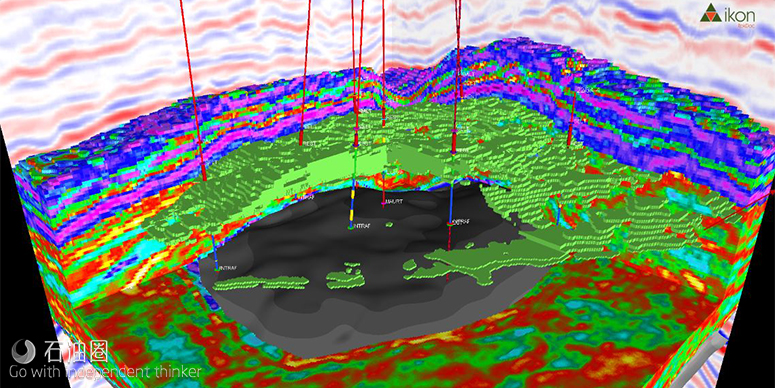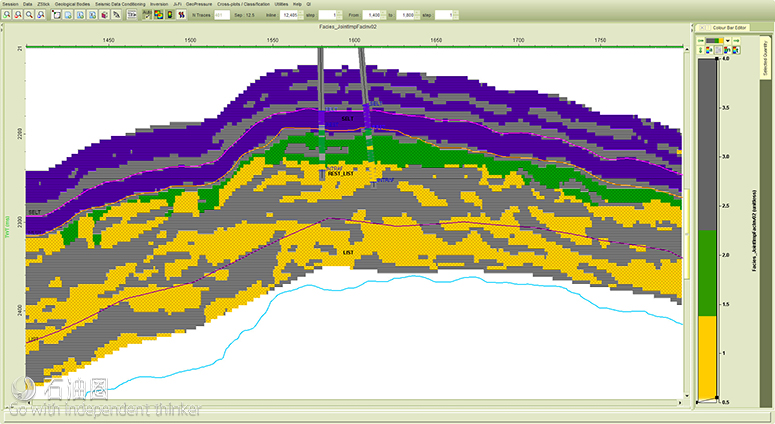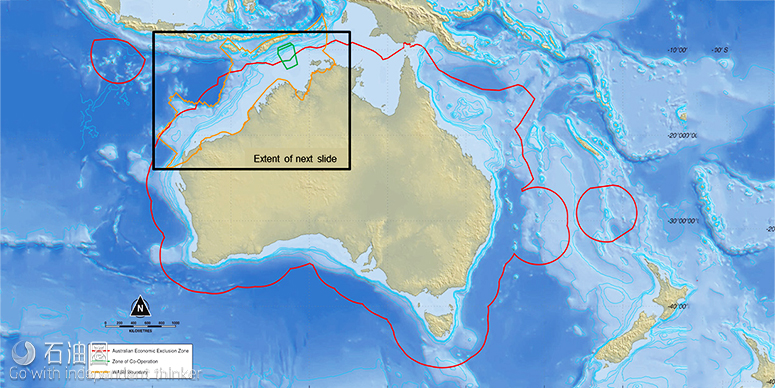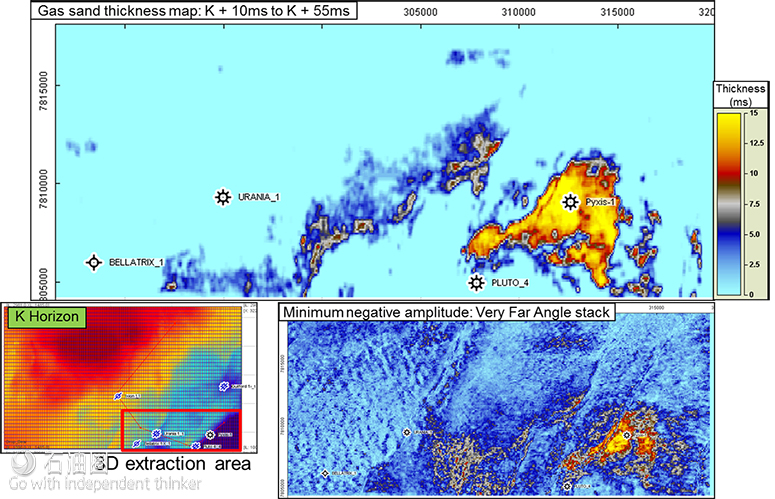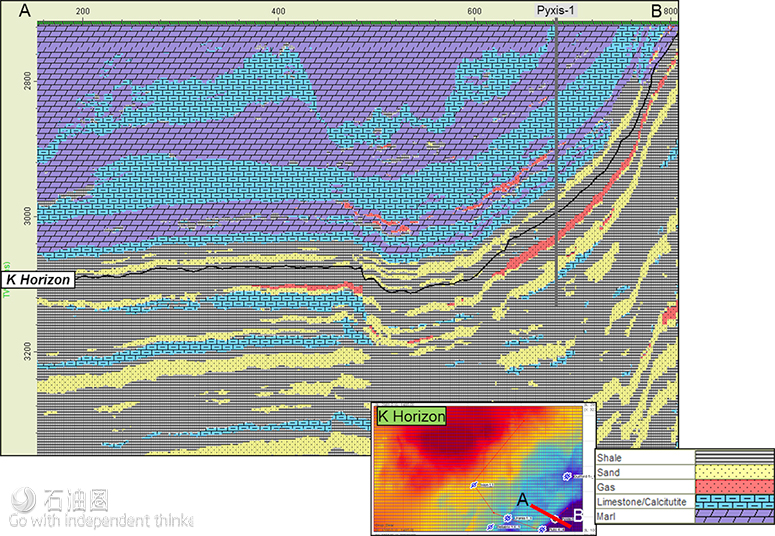RokDoc Ji-Fi, a tool for challenging times
Ikon Science’s award winning software system, RokDoc Ji-Fi, combines seismic data with rock physics and other geological information from Ikon’s regional databases, to directly predict subsurface rock types and rock properties of interest.
RokDoc Ji-Fi is grounded on 1500+ man years of software development, and was conceived over 10 years of research, development and implementation in partnership with the Commonwealth Scientific Industrial Research Organisation (CSIRO) and Tullow Oil plc, who provided funding, data, projects and independent testing methods. It uses advanced Bayesian mathematics and uncertainty analysis to robustly handle seismic resolution and noise, producing unique decision support for exploration and production, drilling and other subsurface investments.
Since its commercial availability in 2015, over 100 companies worldwide, including 3 super majors, have purchased or applied the system, meaning RokDoc Ji-Fi is rapidly becoming the new standard in the quantitative use of seismic data.
Finally, full 3D geology between existing wells
Ever since 3D seismic was introduced in the late 1970s, geoscientists set the goal of creating, from seismic and well control, reservoir models that reliably describe the spatial distribution of the various formations, and the nature of the rocks and fluids within each formation, especially to identify economic reservoir units.
To realise this aim, the new technology of seismic inversion evolved rapidly with the availability of increasing computer power and advances in quantitative interpretation theory. But, despite progress such as the emergence in the 1990s of simultaneous inversion and applied geostatistical inversion methods, results were mostly uncertain and inconclusive, and didn’t enable the creation of reliable reservoir models to the extent foreseen. Enter Ikon Science’s Ji-Fi technology that, finally, delivers on the stated objective.
Rock physics relationships – the key to the seismic inverse challenge
Starting with the company’s inception in 2001, Ikon Science established a strong technology foundation centered on applied rock physics, seismic forward modelling and science-rich prediction tools for rocks and fluids, pore pressure and petroleum geomechanics.
To overcome the inadequacies of existing methods, we took a fresh look at the seismic inverse problem, and realised that rock physics relationships, typically different for the various rock-types or facies encountered, were not used adequately (or at all). By adopting a more integrated and geological-centric approach, we were able to fully integrate prior regional and local geological models and analogues in the inversion of pre-stack seismic data. The target was to deliver a higher-resolution, truly quantitative prediction of rock / fluid type and properties, and in the process deliver a step change in value. This project was named Ji-Fi.
Ji-Fi, the RokDoc module
Ji-Fi is a software system designed to extract geological facies and petrophysical properties from the complex seismic signal and deliver directly a 3D description of the spatial distribution of facies and properties within a reservoir. By integrating all available team data, Ji-Fi bridges the gap between geology and geophysics, notably by its ability to resolve thinner beds, while incorporating and automatically capturing uncertainty. The technology and workflow delivers an analysis that is objective, repeatable over large areas and applicable across the full life cycle of a petroleum asset. Ji-Fi facies and properties can drive volumetrics, risking, and well planning, geological, flow and geomechanical models assisting reservoir engineers and asset geoscientists.
Ji-Fi, case study – NW Shelf Australia (2015)
Objective
To add value to the seismic data by predicting fluids and lithology at existing wells and at the recent discovery, within a three week time constraint.
(1)Produce facies models consistent with the wells & geology
(2)Predict the recent discovery by Woodside at Pyxis
(3)Investigate potential in open acreage
Seismic data
(1)12 million traces of PSDM seismic data in time domain as four partial angle stacks (courtesy of Searcher Seismic)
(2)Due to time constraints no conditioning was applied to the seismic data
Well data
(1)Open source – no petrophysical analysis due to time constraints
(2)Two wells with elastic logs: Bellatrix & Urania, three wells with no elastic logs: Ixion, Pluto & Guilford & one well with no logs: Pyxis
(3)The elastic logs were QC’ed and facies were interpreted consistently across the wells
Results
(1)A perfect fluid contact found in Ji-Fi facies results at Pyxis and to the West of Pyxis-1 & gas column thickness map
(2)Ji-Fi gas thickness estimates for Pyxis
(3)Strong correlations to all the input & blind test wells
(4)Strong gas indication at Pyxis-1 location, a recent gas discovery
(5)100km of 2D facies traverse generated on Bellatrix-1 & Urania-1 well data

 石油圈
石油圈